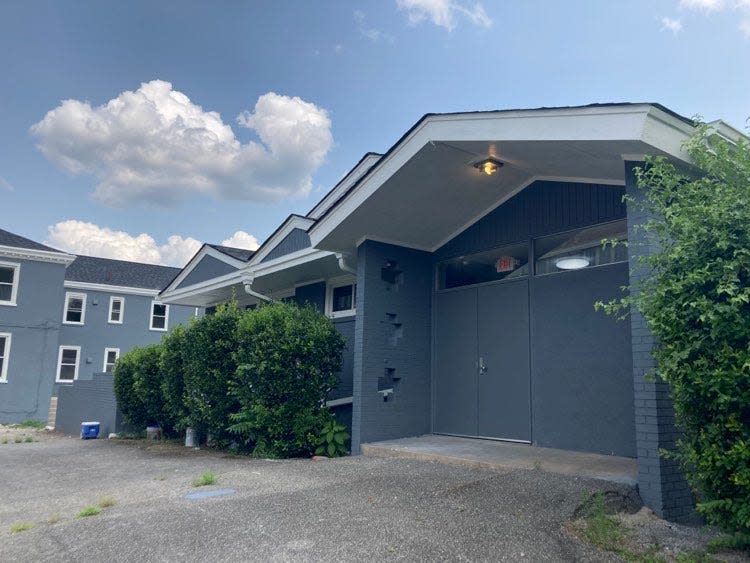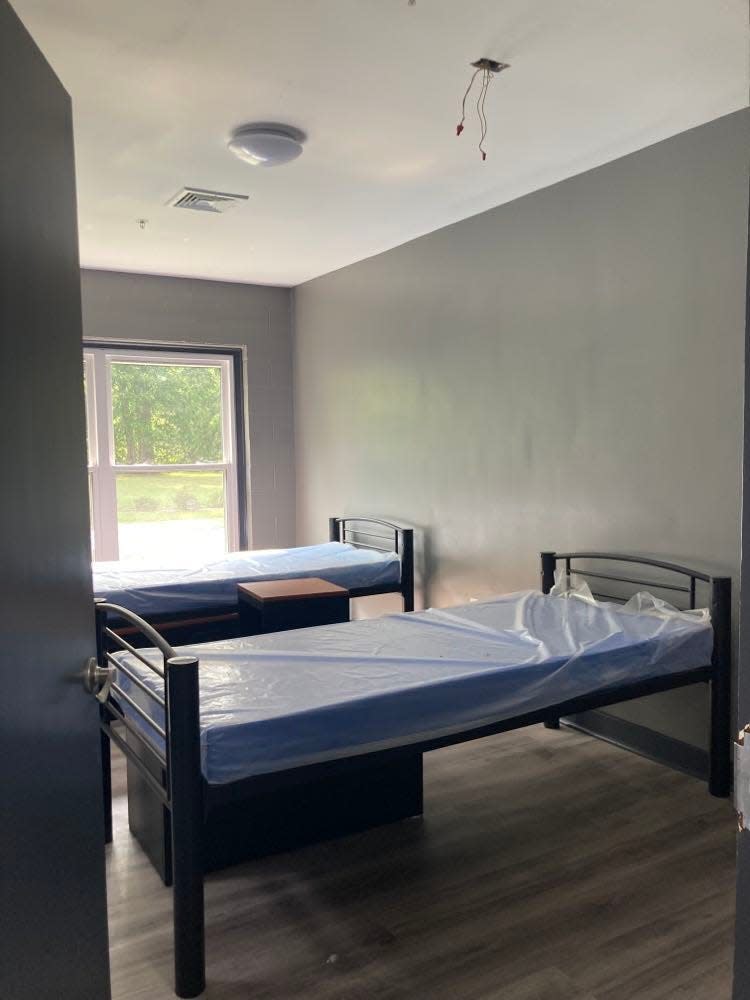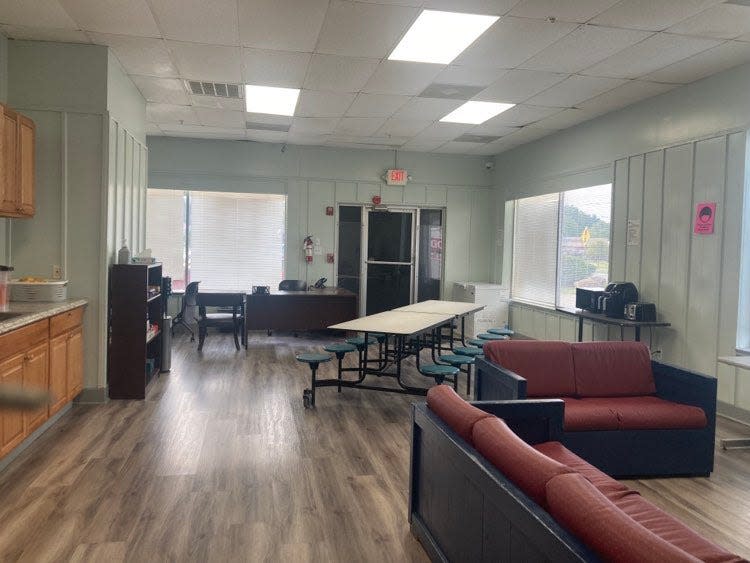Mental health business entrepreneur to transform former Fillmore Place to care for the vulnerable

PETERSBURG—Stephen Parsons Jr. is in the business of providing quality care and giving dignity back to society’s most vulnerable.
When he opened up his first group home over 20 years ago to provide housing for people in need, he realized that this was what he was made for.
Fast forward two decades years later, he now owns 16 houses, apartments, and buildings to help those struggling with physical disabilities, mental health and addiction.
Now, he’s purchased the old Fillmore Place with the intent of turning it completely around.
The Fillmore Place on Harrison and Fillmore St. had a reputation of being the worst assisted living facility in the city, the region, and perhaps one of the worst in the entire state.
It housed some 80 physically and/ or mentally disabled residents who all lived off social security. Residents bemoaned getting eaten up by bed bugs, not having toilet paper in their bathroom, living in filthy conditions, only getting a few dollars a week to spend, among other issues.
The building reeked of urine. Cracks and holes proliferated the walls. The paint was peeling off the window frames and plywood covered some openings.
One former resident described living there as “hell.”
The owner of the Fillmore Place—Saifullah Niazi, a former Richmond psychiatrist who had his license suspended twice for malpractice, also stole stimulus money from at least one resident, according to a state investigation. He refused to do major repairs and replace soiled beds, according to former workers.
Once Parsons bought the building, he had to change nearly all the pipes because they were leaking. Bed bugs were crawling out of the walls, so he had to fumigate the entire building. He gutted all the floors, removed the doors and toilets so that he could put new ones in.
It’s not Parson’s first rodeo at taking a squalid building and transforming it into a habitable and wholesome space. A few years ago, he purchased an assisted living facility in Richmond plagued with bed bugs and in disrepair after it had been shut down by the state. The owner, Mable Jones, was prosecuted for stealing money from the residents and using it to gamble and pay down her debt.
That facility was the second worst in the region, after the Fillmore Place, said Parson. And he’s transformed the Richmond facility into a rehab center for those struggling with addiction, complete with a fitness center, computers, and community spaces for group activities like games and crafts.
Similarly, Parson plans to take the Fillmore St. location and equip it with the same amenities.
He plans to keep the building an assisted living facility, except with a lot of changes. The old Fillmore building had a capacity to house 89 residents. Parson’s will only be able to house up to 52 to create more community spaces and to make sure they can give the proper care to the residents.

He’s installed brand new windows and floors. He’s painted the interior walls and the outside brick walls blue. Driving past, it’s hardly recognizable as the former Fillmore Place.
“I’m committed to do things right and well and make sure our residents have a positive experience,” Parsons said.
'A model that’s best'
Parsons says that over the years, he’s developed a model that works, providing a plethora of services to meet a variety of needs.
Before he places residents, they are taken to his screening center in Richmond where nurses conduct lab and drug tests, making sure that they are free from any infectious diseases that could spread to other residents. Residents also stay at the center for three days so that the staff can observe their behaviors. This gives them a better sense of which program to put the resident in, but also allows them to make calls on whether their behavior is appropriate to give them a placement.
Residents are placed in one of Parson’s facilities based on their need: drug rehab, intensive care, short-term and long-term stays.

He also runs a day center that he busses his residents into. There they participate in various classes and activities. They also have access to case managers, counselors, peer recovery specialists, therapists and social workers.
“So while you’re here with me, I’m going to provide you all the services you need to become a better individual.”
Parson has rigorous standards of cleanliness that his residents and staff abide by. The Progress-Index visited a couple of his facilities unannounced and noticed things were tidy, clean, and in order.
“I’ve spent the last 20 years trying to figure out the model that’s best. And that way, every facility basically has components of the model that works," he said.
Parson is aware of the skepticism the community has coming out of the heels of the old Fillmore Place, where residents there panhandled, came to their doors, and were seen walking up and down the street in unkempt clothes.
He wants to assure the neighborhood that under his watch, things will improve. Panhandling is prohibited, and if a resident continues to do so they won’t be allowed to stay.
“We understand what we are working with, but you have to have a plan for it. So you plan by having a lot of services built around them to keep them sustained,” says Parson.
“I promise you [the neighbors] are not going to be upset,” said Parsons. “It started with making sure that building is looking good. It's got to be beautiful and it’s got to stay that way.”
Before the building opens, hopefully by the end of the year, Parsons plans to hold an open house to meet the neighbors and for them to see the improvements themselves.
More: How a doctor with a history of malpractice got away with running multiple group homes
More: Bedbugs, urine, disrepair: Elderly, disabled people live in squalid Petersburg group home
Joyce Chu, an award-winning investigative journalist, is the Social Justice Watchdog Reporter for The Progress Index. Contact her with comments, concerns, or story-tips at Jchu1@gannett.com or on Twitter @joyce_speaks.
This article originally appeared on The Progress-Index: Mental health entrepreneur to transform Petersburg adult care home shut down by state

